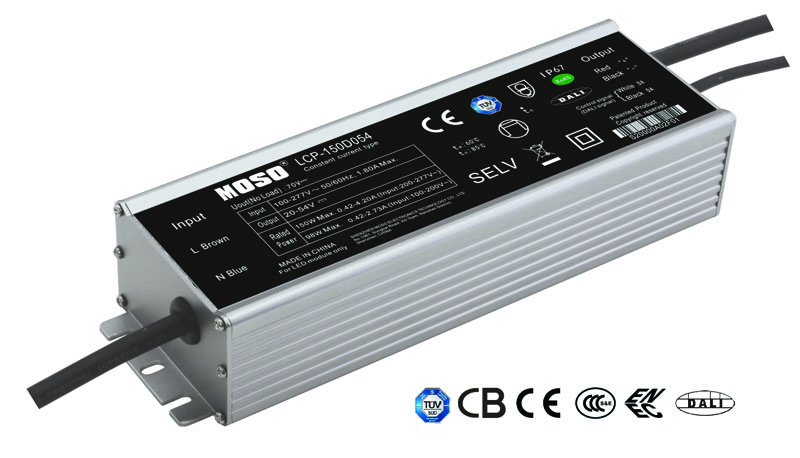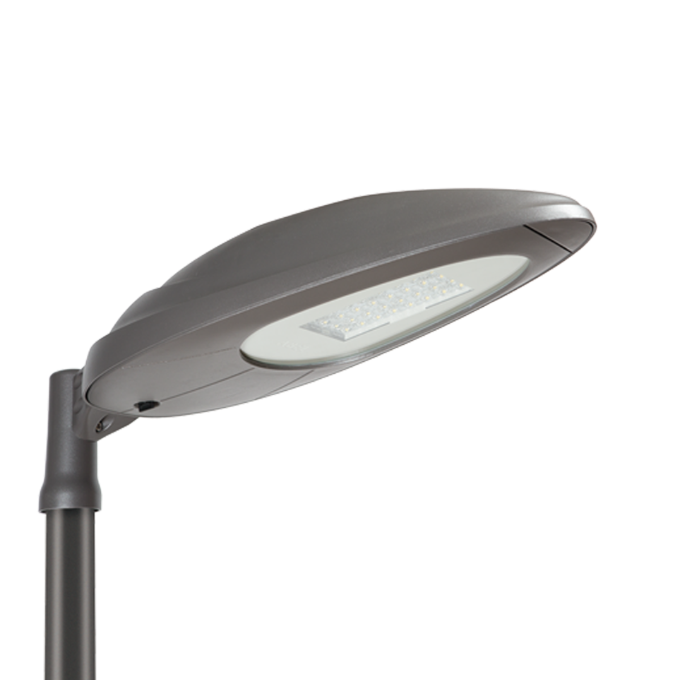With the proposal of the State Grid Corporation to build a strong smart grid, vigorously developing UHV and other large-capacity, high-efficiency, long-distance advanced transmission technologies and promoting smart grid construction have become the focus of the power industry. Among them, the UHV power grid, as the backbone of the smart grid construction, must have the capability of inter-regional scheduling, long transmission distance, and large carrying capacity. Because UHV communication lines are different from ordinary operator communication lines, their route routing plans are generally relatively remote, and development areas and densely populated areas need to be avoided as much as possible. If the communication relay station is set according to the conventional distance (less than 100 kilometers), the location, construction and operation of the communication relay station that can provide power are very difficult. Therefore, reducing the number of relay stations will save a lot of construction costs and maintenance The cost, at the same time, can also effectively reduce the number of faulty nodes of the communication line and enhance the stability and security of the long-term operation of the communication network. Supporting ultra-long-span optical communication solutions is an urgent need for smart grid and UHV grid construction. Huawei solutions Huawei Technologies Co., Ltd. MSTP series optical transmission products are in the leading position in the field of ultra-long-distance transmission, and have been widely used in the construction of communication system projects for grid customers. The MSTP series consists of OSN products, namely OSN1500 / OSN2500 / OSN3500 / OSN7500 / OSN9560. This series has a unified development platform and management platform. It can realize on-demand selection and integrated management from the access layer to the core layer. The core technologies of MSTP series products used to increase the length of optical transmission relays mainly include forward error correction technology (FEC, EnhancedFEC), erbium-doped fiber amplifiers (EDFA-BA, EDFA-PA), and distributed Raman amplifiers (Raman ) And remote pump technology. Because the remote pump technology has high requirements for line fiber cable attenuation and environment, and the need to place bait fiber boxes in the middle of the fiber cable, the original fiber cable needs to be interrupted. The construction period of the project is several months. Therefore, in the actual power system project, except for special circumstances, Try to avoid adoption. At present, in the design of power communication systems, according to the following technical selection sequence, a suitable combination of schemes can be selected to meet the ultra-long-distance applications of 2.5Gbps (Gigabit per second, bandwidth transmission speed) and 10Gbps. 1. First consider configuring a power amplifier (EDFA-BA) at the sending end to increase the transmit optical power, and a pre-amplifier (EDFA-PA) at the receiving end to improve the receiving sensitivity index; the gain of mainstream power amplifier products is between 10 and 23 dB (power The unit of gain), the output power can reach 14 ~ 23dBm (the value of the absolute value of the power). The preamp gain is generally greater than 10dB. The solution provided by Huawei successfully solves the problem of limited power threshold of the power amplifier by using nonlinear suppression technology at the sending end. The output power index is at a leading level among similar equipment in the industry. 2. Add forward error correction (FEC, EFEC) technology. At present, optical communication systems have generally adopted forward error correction (FEC) technology to achieve the purpose of improving the system's bit error rate performance and extending the transmission distance of optical signals. Standard FEC coding gain is about 6 to 7dB. Huawei uses enhanced forward error correction technology (EFEC), which can provide an additional 1 to 3dB coding gain compared to standard FEC. 3. Increase the configuration of forward and backward Raman amplifiers. The gain area of ​​the Raman amplifier is distributed in the fiber itself. It has the characteristics of flat gain and low noise. It is very suitable for long-distance fiber transmission system applications. In G.652 fiber (single-mode fiber widely used at present), the gain value is 8 to 12 dB, and the typical amplification value is 10 dB. Raman amplifiers are generally used in conjunction with EFDA amplifiers, that is, forward Raman is used with power amplifiers, and backward Raman is used with preamps. To solve the dispersion problem in the optical fiber transmission system. The traditional solution is to use dispersion-compensating fibers with negative dispersion coefficients for compensation, but dispersion-compensating fibers have the disadvantages of large loss, and the loss increases with the compensation distance, which increases the complexity of ultra-long-distance transmission system design; Huawei uses The passive chirped fiber grating type dispersion compensation module has the characteristics of small volume and constant insertion loss; it can effectively solve the problem of the additional insertion loss introduced by the dispersion compensation fiber changing with the amount of dispersion. In summary, through the above-mentioned scheme combination configuration, the Huawei solution can achieve single-span transmission of more than 300 kilometers without using remote pump technology. It is particularly worth mentioning that the fiber amplifier, Raman amplifier and dispersion compensation module used in the above solution can be independent of the rate, and the communication network can be upgraded from 2.5Gbps to 10Gbps at zero cost. Practice has proved that these ultra-long-distance optical fiber transmission technologies can well solve the long-distance transmission needs of the power system. For example, the application of Huawei products in the "West-East Power Transmission" project of China Southern Power Grid realizes multiple single-span distances exceeding 220 kilometers. , The maximum measured line attenuation exceeds 62dB for cross-segment transmission.
MOSO Class
II Programmable LED Driver supports 0-10V, PWM, timer step dimming or DALI control
from 75W to 320W. It can reprogram the output by a software or infrared controller. Class II outdoor Driver is IP67
waterproof, with build-in surge protection. It provides a Dim-to-off mode with
low standby power. MOSO Class II
Programmable power uses extruded-metal housing and fully glue-potted for
good dissipation.
MOSO developed Class II Programmable LED Driver series with special isolation
design for global market especially for the Europe. All Class II LED Drivers are certified with CCC, CE, TUV, ENEC and CB
standards.
MOSO has set several distributors in
Europe, United States, Latin America, Asia and Australia. All MOSO Class II Programmable power suppliers provide
5 years global warranty. In case of any failure, customers can get replacement
either from MOSO directly or any one of MOSO distributors.
MOSO always dedicates to providing
professional outdoor lighting solutions. Please feel free to contact our sales
team if you need any support!
Class II Programmable LED Driver Class II Programmable LED Driver,Class II Programmable Dimmable Driver,Dim-to-off Class II Programmable Driver,Class II Programmable Outdoor LED Driver Moso Electronics , https://www.mosoleddriver.com

